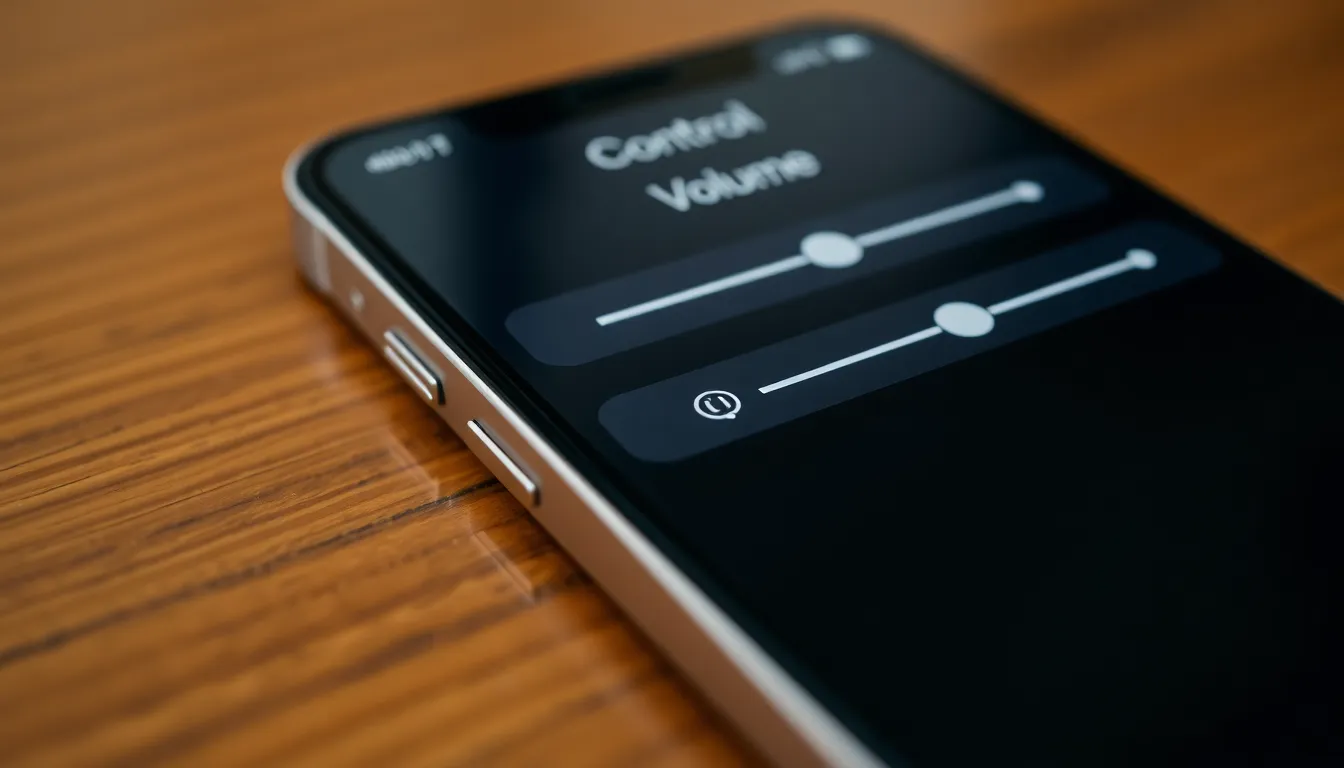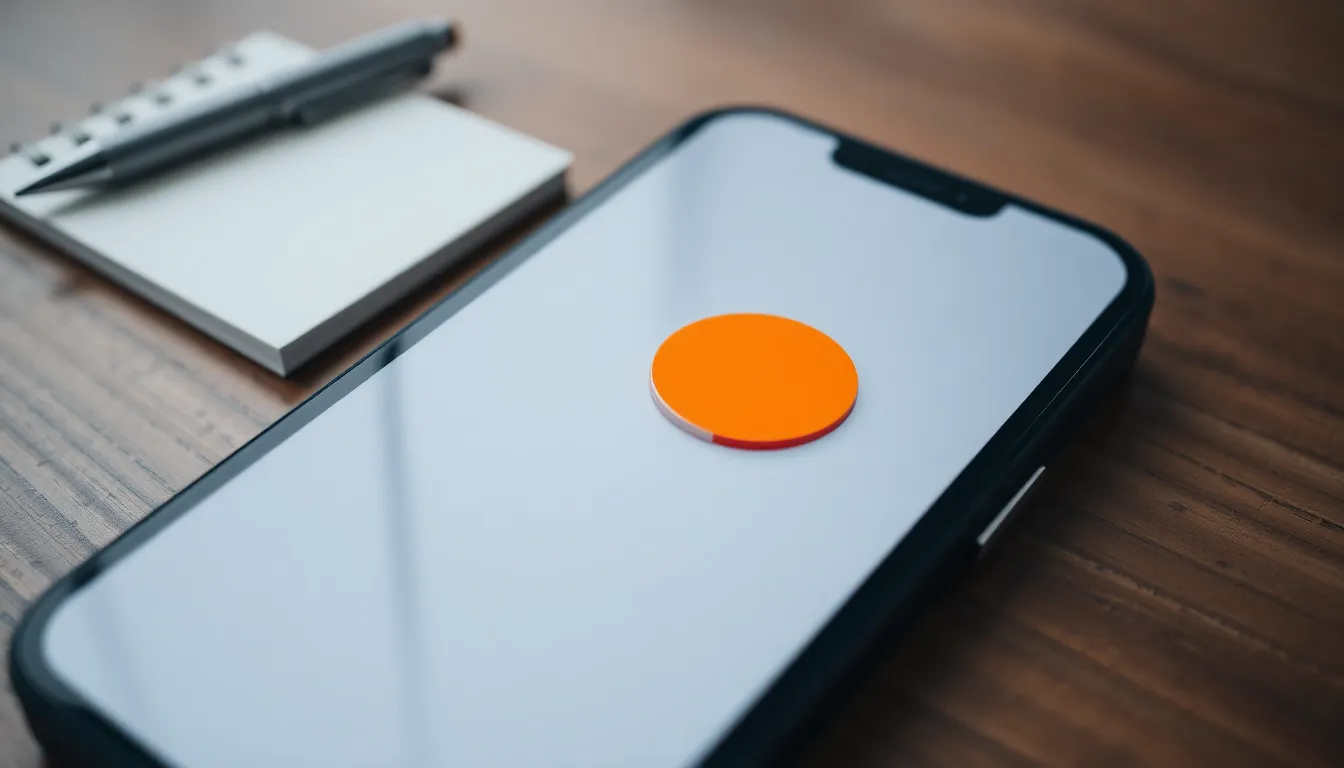Imagine you’re in a crucial meeting or waiting for that long-anticipated call, and suddenly, your iPhone decides to play hide-and-seek with sound. It’s like having a pet cat that ignores your commands—frustrating, right? Don’t worry; you’re not alone in this silent struggle. Many folks find themselves fumbling around, trying to figure out how to take their iPhone off mute.
Table of Contents
ToggleUnderstanding iPhone Mute Functionality
The iPhone mute feature serves a practical purpose, allowing users to control notifications and incoming sounds effectively. Knowing when to unmute enhances the user experience, especially during critical moments.
Importance of Unmuting Your iPhone
Unmuting an iPhone proves essential for receiving important calls or alerts. Users often miss time-sensitive notifications when their device stays muted, impacting communication and accessibility. Unmuting also protects against social faux pas, especially in public or professional settings. Staying alert to incoming messages and calls helps in personal and work-related matters. Being aware of the mute state improves the overall functionality of the device.
Common Scenarios for Mute Mode
Several situations commonly lead to iPhone mute mode activation. Settings in movies or meetings often prompt users to silence their phones. Accidental taps during phone usage frequently put devices on mute without notice. Children playing with an iPhone can also inadvertently mute the device. Additionally, settings automatically switch to silent mode during specific hours or events. Being mindful of these common scenarios helps users avoid unexpected silence during crucial times.
Methods to Take iPhone Off Mute

Taking an iPhone off mute is straightforward. Users can follow various methods to restore sound.
Using the Ring/Silent Switch
The Ring/Silent switch is located on the left side of the iPhone. This small switch toggles mute mode. When the switch shows orange, it indicates that the iPhone is muted. To unmute the device, simply flip the switch back toward the screen. Hearing sounds from notifications, calls, and alerts becomes possible once this switch is in the correct position.
Adjusting Volume Settings
Volume settings directly influence the sound experience. Users can increase the volume using the physical volume buttons located on the side of the iPhone. Pressing the upper button raises the volume, while pressing the lower button decreases it. Accessing the Control Center also allows for adjustment of volume levels. Swiping down from the upper-right corner (or up from the bottom on older models) reveals the volume slider. Moving it upward ensures that the device produces sound for notifications and calls.
Tips for Preventing Accidental Mute
Preventing accidental mute on an iPhone enhances user experience. Understanding how to manage settings can minimize the chances of silence during crucial moments.
Understanding Notification Settings
Users benefit from familiarizing themselves with notification settings. Setting notifications to provide alerts for specific apps can keep important sounds audible. It’s essential to check that sounds are enabled for critical applications. App notifications often include the ability to customize sounds for messages and calls. Frequent updates may introduce changes, so reviewing notification settings in the Settings app ensures proper functionality.
Customizing Alert Sounds
Customizing alert sounds can significantly improve awareness of notifications. Users can select distinct sounds for different applications. For example, having a unique ringtone for contacts creates immediate recognition. Notifications for emails or messages can also have customized alerts for easier identification. Experimenting with various sounds allows users to choose ones they find most noticeable, ensuring they don’t miss important alerts.
Managing an iPhone’s mute function is essential for staying connected and informed. By understanding the various methods to unmute and being aware of situations that trigger mute mode, users can avoid missing important calls and notifications.
Taking proactive steps like customizing alert sounds and adjusting notification settings can enhance awareness and ensure that critical alerts are never overlooked. With these strategies in place, users can enjoy a more seamless experience, keeping their iPhones responsive and ready for any situation.



